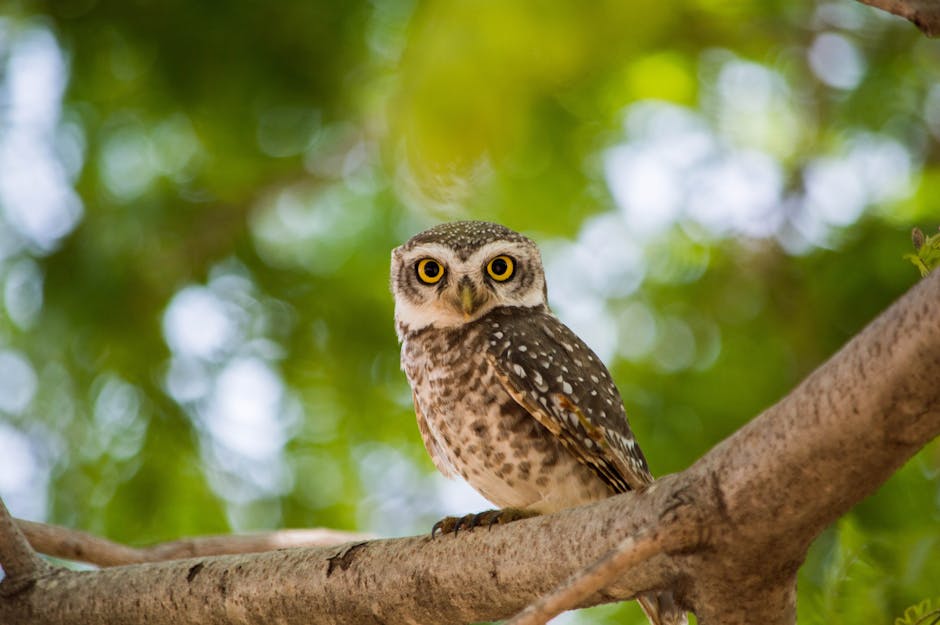
Wildlife Spotting: A Guide to Observing Animals in Their Natural Habitat
Wildlife Spotting: A Guide to Observing Animals in Their Natural Habitat
Observing wildlife in its natural habitat is an exhilarating experience that allows us to connect with nature on a profound level. Whether you're a seasoned wildlife enthusiast or a beginner, this guide is here to help enhance your wildlife spotting skills and make every encounter more rewarding.
Types of Wildlife Spotted
Before we dive into the techniques and tips, let's explore the incredible array of wildlife you may encounter:
- Lions, tigers, and other big cats
- Elephants, giraffes, and other large mammals
- Birds of prey, such as eagles and hawks
- Marine creatures like dolphins and whales
- Reptiles and amphibians, including snakes and frogs
- And many more fascinating creatures!
Types of Wildlife Spotted
Before we dive into the techniques and tips, let's explore the incredible array of wildlife you may encounter:
- Lions, tigers, and other big cats
- Elephants, giraffes, and other large mammals
- Birds of prey, such as eagles and hawks
- Marine creatures like dolphins and whales
- Reptiles and amphibians, including snakes and frogs
- And many more fascinating creatures!
Tips for Wildlife Spotting
Here are some valuable tips to maximize your chances of spotting wildlife:
- Research your destination and learn about the local wildlife species.
- Wear clothing with earthy tones to blend in with the surroundings.
- Keep noise to a minimum and move slowly and quietly.
- Use binoculars or a camera with a zoom lens to observe animals from a safe distance.
- Join guided tours or hire expert local guides who can point out hidden wildlife.
- Observe and respect the animals' space and never try to approach or touch them.
- Be patient and allow wildlife to approach you.
Best Practices for Wildlife Spotting
To make the most of your wildlife spotting adventures, consider following these best practices:
- Do not litter or leave any trace of your presence to protect the environment.
- Support conservation efforts by visiting ethical wildlife sanctuaries and parks.
- Take photographs or sketch the animals to create lasting memories.
- Educate others about the importance of wildlife conservation and responsible tourism.
- Share your experiences and photos with like-minded individuals and wildlife communities.
Now that you're equipped with valuable knowledge and insight, it's time to embark on your wildlife spotting journey. Remember to always prioritize the well-being of the animals and their habitat while enjoying the beauty and wonders of the natural world.
